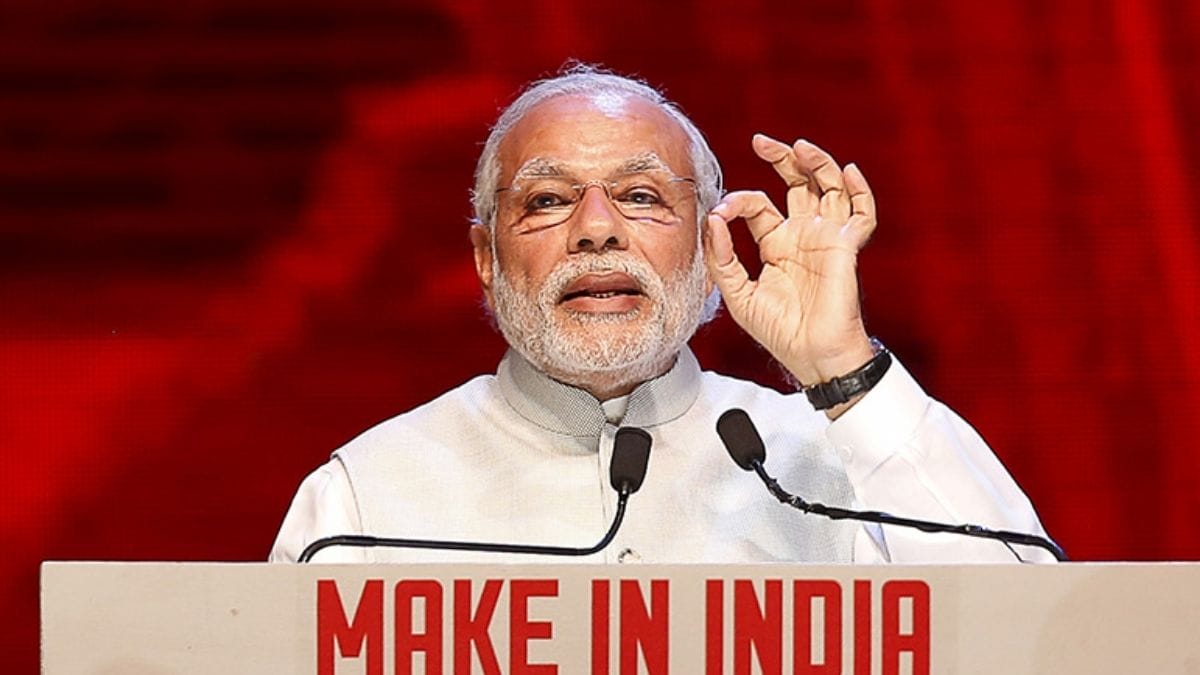Many words can be used to describe the Indian Prime Minister Narendra Modi but the most suitable adjective would be ‘popular’. Even during the Coronavirus pandemic when the popularity of many of his right-wing counterparts like Trump and Bolsonaro declined due to the gross mismanagement of the crisis. Modi remained, reaping profit in a global crisis. And like the popular leader, his policies and decisions since 2014 are also well-known and ingrained in public memory due to their impact. Out of all of his distinctive policies, 5 of them stand out.
1. Demonetisation (2016)
The highly ambitious demonetisation of all ₹500 and ₹1,000 banknotes distributed by the RBI. On 8th November 2016, he brought the country to a standstill quite literally. The move was done to control the shadow economy, by reducing the use of black money and fake currencies for illegal activities and terrorism. According to an RBI report of 2018 from approximately 99.3% of the demonetised banknotes, or ₹15.30 lakh crore (15.3 trillion) of the ₹15.41 lakh crore that had been demonetised, were deposited with the banking system. The banknotes that were not deposited were only worth ₹10,720 crores (107.2 billion), thus effectively failing to achieve the first objective of curbing black money in circulation. The move also pushed up the filing of tax returns and digital mode of money transactions. Apart from the economic repercussions like the decline in GDP, the move also caused distress to the citizens making it a difficult couple of weeks.
2. Goods and Services Tax (2017)
This federated tax scheme replaced a slew of taxes like central excise duty, service tax, additional customs duty, surcharges levied by Central and State governments. It was implemented to simplify the tax structure, foster production, increase exports, to support small and medium enterprises and increase growth. GST is divided into five different tax slabs for collection of tax – 0%, 5%, 12%, 18% and 28%. There were criticisms of its implementation but the elimination of multiple taxes was aimed at improving the ease of doing business. And for consumers, the biggest advantage would be in terms of a reduction in the overall tax burden on goods.
3. Pradhan Mantri Ujjwala Yojana(2016)
The ads of PM Modi asking the middle and upper-class people to give up their LPG cylinder subsidy was immensely popular. The scheme was devised to distribute 50 million LPG connections to women of below-poverty-line. The scheme led to an increase in LPG consumption by 56% in 2019 as compared to 2014. While the scheme has provided access to LPG gas stoves and cylinders the use of LPG cylinders remains questionable as many rural families struggle to afford refills. In Odisha, according to government data, only 27% of beneficiaries took a second refill in 2016-17 and only 21% in 2017-18.
4. Swachh Bharat Abhiyan (2014)
This scheme is perhaps PM Modi’s most advertised campaign. The motives were eradication of open-defecation and manual scavenging, improving sanitation practices and solid waste management systems. The government provided subsidy for construction of nearly 110 million toilets between 2014 and 2019. A survey by Quality Council of India in 2017, reported that overall national rural “household access to toilet” coverage increased to 62.5% and usage of toilets to 91.3% but the claims of the complete elimination of open defecation and manual scavenging are debatable.
5. Make in India (2014)
Make in India can be called as Atmanirbhar Bharat’s predecessor. Modi’s rallying cry to produce locally was hugely popular. The scheme aimed to improve growth in the manufacturing sector and create 100 million jobs by 2022. India’s ranking in World Bank’s ease of doing business list improved due to this scheme but the predicted growth rates were not achieved. 25 sectors were included in it and FDI inflow increased significantly during 2014-2017.
There are many other schemes like Jan Dhan Yojana and Skill India Mission that became popular in the past few years and rightfully so with the government spending nearly ₹4,880 crores in their campaigns and advertisements. PM Modi’s schemes are indeed not easily forgettable.


